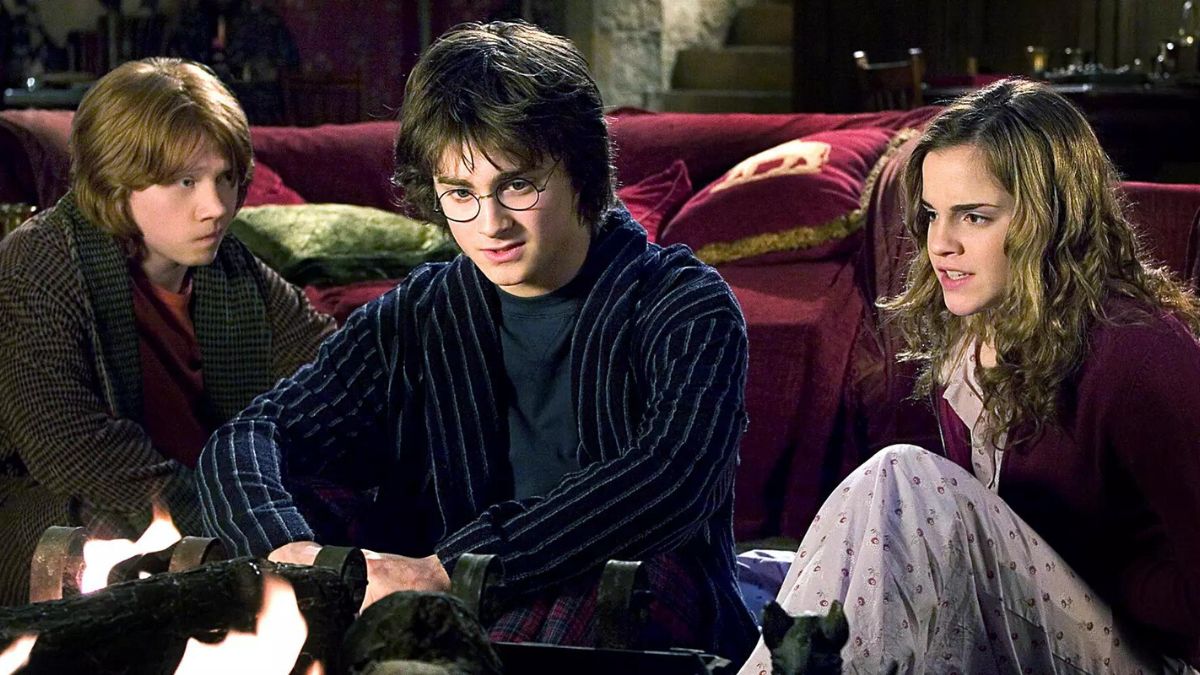In 1997, the world of fiction took a turn, joining magic and adventure like it had never happened before. Since its first book’s release, Harry Potter almost immediately emptied out shelves all across the United Kingdom, quickly earning a status as one of fantasy fiction’s biggest names.
Crafted and engineered by the extremely controversial British author J.K. Rowling, Harry Potter went on to adapt the books onto the silver screen, garnering even more success worldwide. In 2026, fans will be once again gifted one more adaptation, this time led by Max, through an episodic format. For all those aiming to finally reach the Hogwarts sphere, here’s the best possible order to read this magical series — which just so happens to be the exact release order of the books.
How many Harry Potter books are there in total?
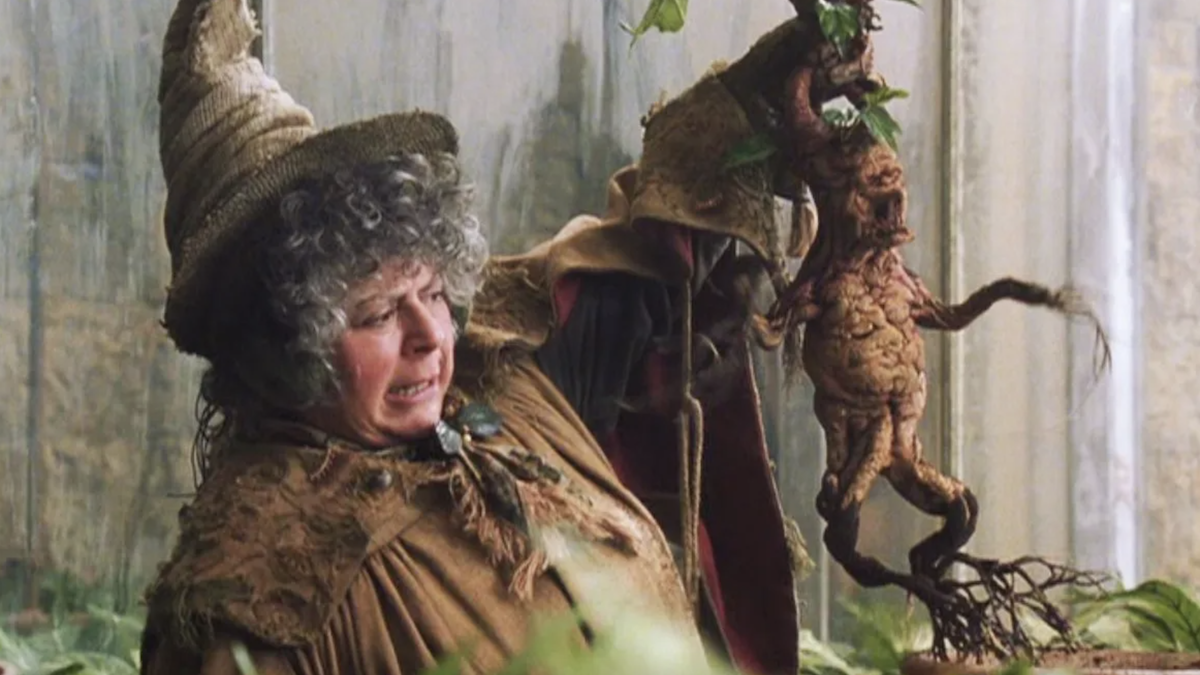
Harry Potter‘s gigantic success was not limited to a one-time wonder, as the series went on to have seven books attached to its name. The books were followed by the stratospheric popularization of the magical world of Hogwarts through eight films created based entirely on its literary original series. Nearly everyone who has grown up between 1997 and 2007 is sure to have crossed paths with Harry Potter in one way or another, but perhaps never got the chance to pick up the books.
How to read the Harry Potter books in order
- Harry Potter and the Sorcerer’s Stone (1997)
- Harry Potter and the Chamber of Secrets (1998)
- Harry Potter and the Prisoner of Azkaban (1999)
- Harry Potter and the Goblet of Fire (2000)
- Harry Potter and the Order of the Phoenix (2003)
- Harry Potter and the Half-Blood Prince (2005)
- Harry Potter and the Deathly Hallows (2007)
- Harry Potter and the Cursed Child (2016)
- Harry Potter Library Textbooks and Screenplays
Harry Potter and the Sorcerer’s Stone (1997)
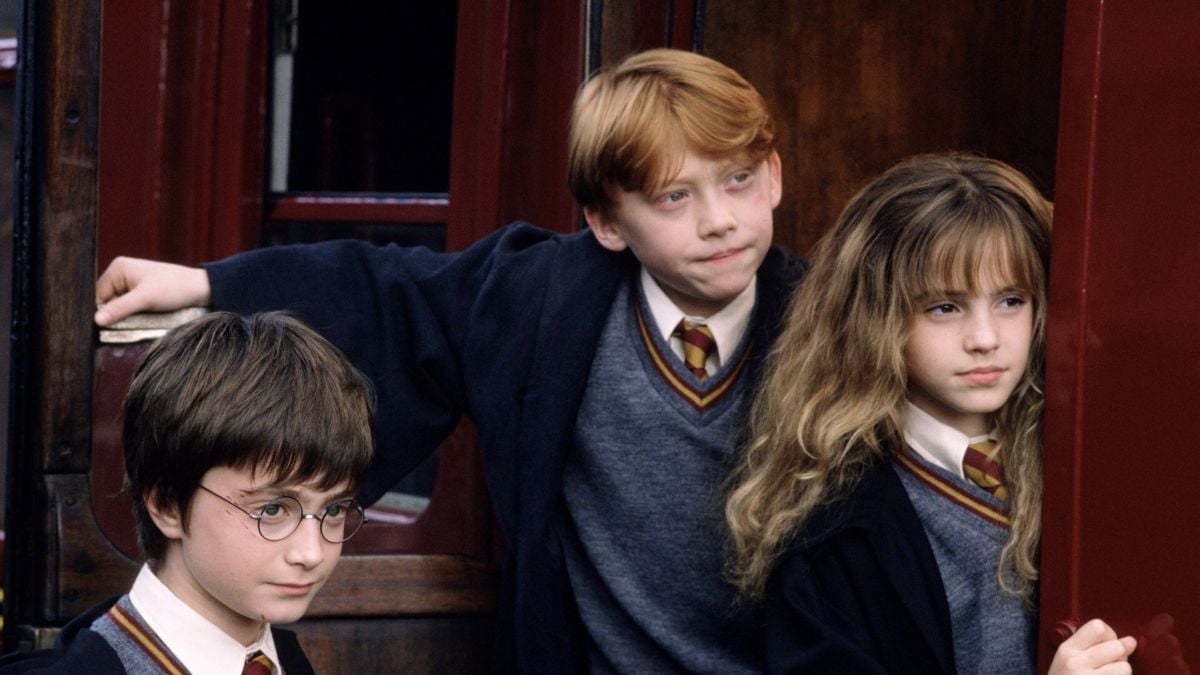
The best way to get into Harry Potter‘s world is through its first novel, Harry Potter and the Sorcerer’s Stone, which came out in 1997. This first book introduces its readers to the magical world of Hogwarts, through the eyes of an orphan boy living among humans (or muggles, as they’re called). Almost following the perfect recipe for success, the first book immediately shows a relatable and antagonized kid, who wishes to get away from his abusive family and finally reach what he always felt had been lacking in his life.
Harry Potter and the Chamber of Secrets (1998)
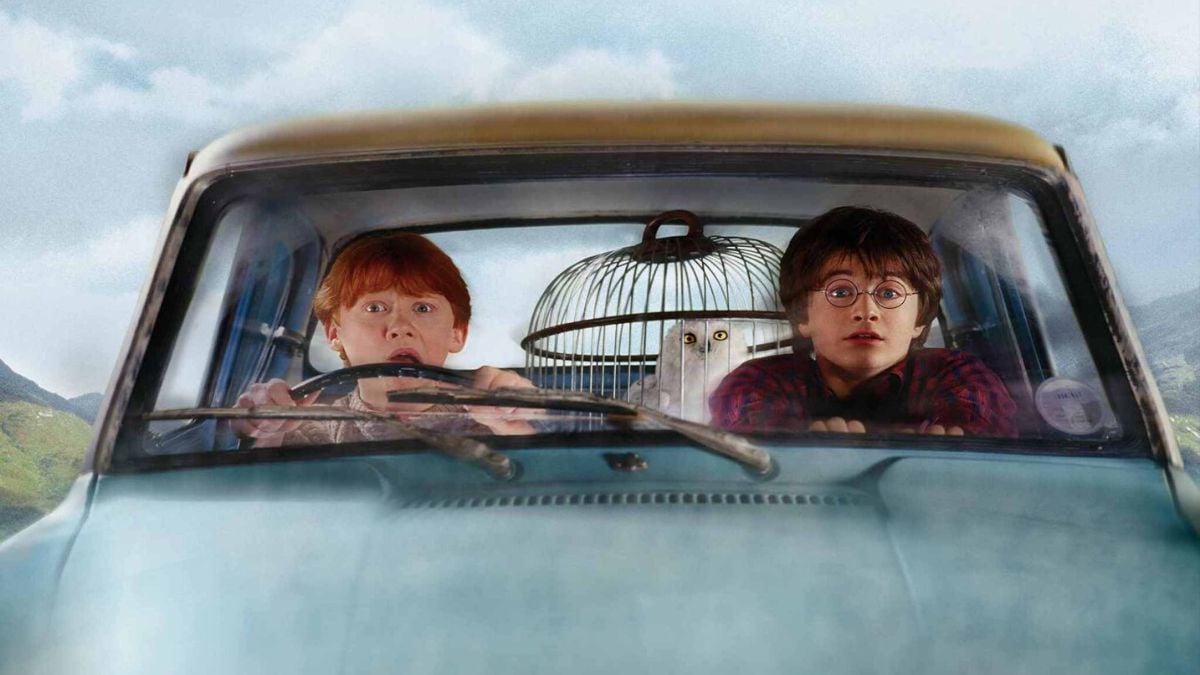
A year after its debut novel, Harry Potter sees the beloved trio — Harry, Hermione, and Ron — embark on a completely new adventure filled with an arsenal of new magical creatures. This time, the year once again does not go smoothly for these kids, who are left to solve a new mystery after the school caretaker’s cat is found petrified. The chilling message, “The Chamber of Secrets has been opened,” immediately spurs the trio to find the culprit, who refers to himself as the “heir.”
Harry Potter and the Prisoner of Azkaban (1999)
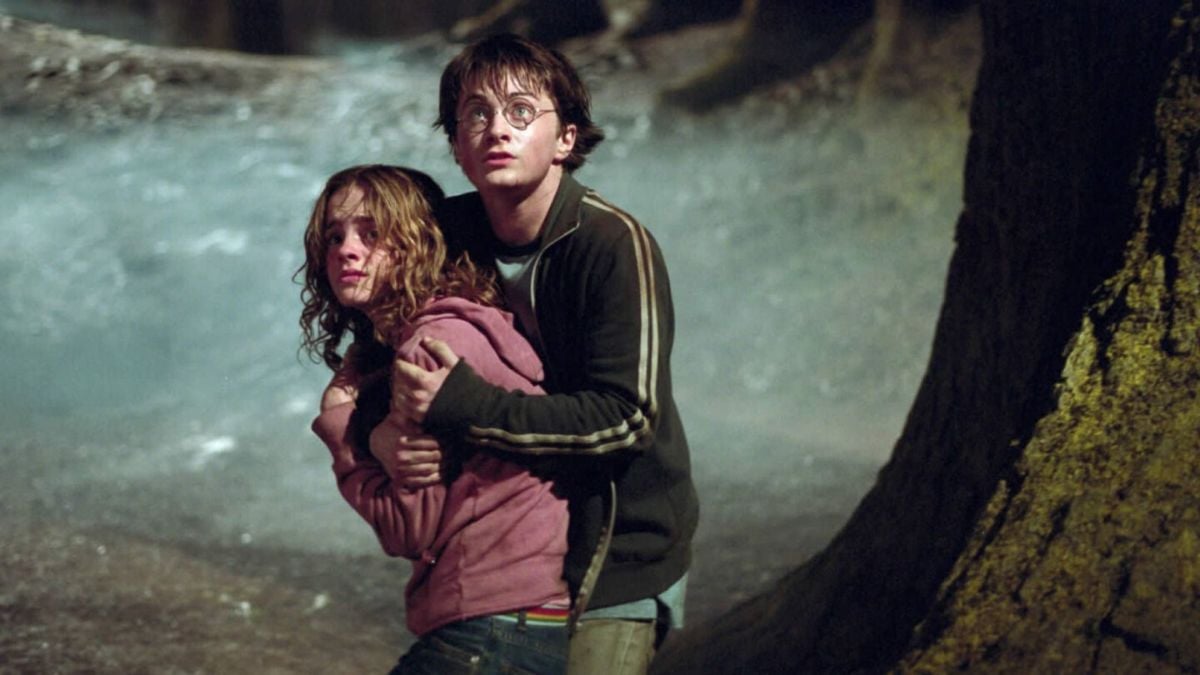
Arguably one of the most beloved books in the series, Harry Potter and the Prisoner of Azkaban is the third book in the series, and the first one to bring much darker themes and motives than its previous installments. Introducing a new side of Hogwarts through the prison fugitive Sirius Black and the Dementors, the dark and faceless beings who suck the soul out of their victims, the third book offers a new glimpse into the Harry Potter lore, in a much darker sociopolitical and psychological sense.
Harry Potter and the Goblet of Fire (2000)
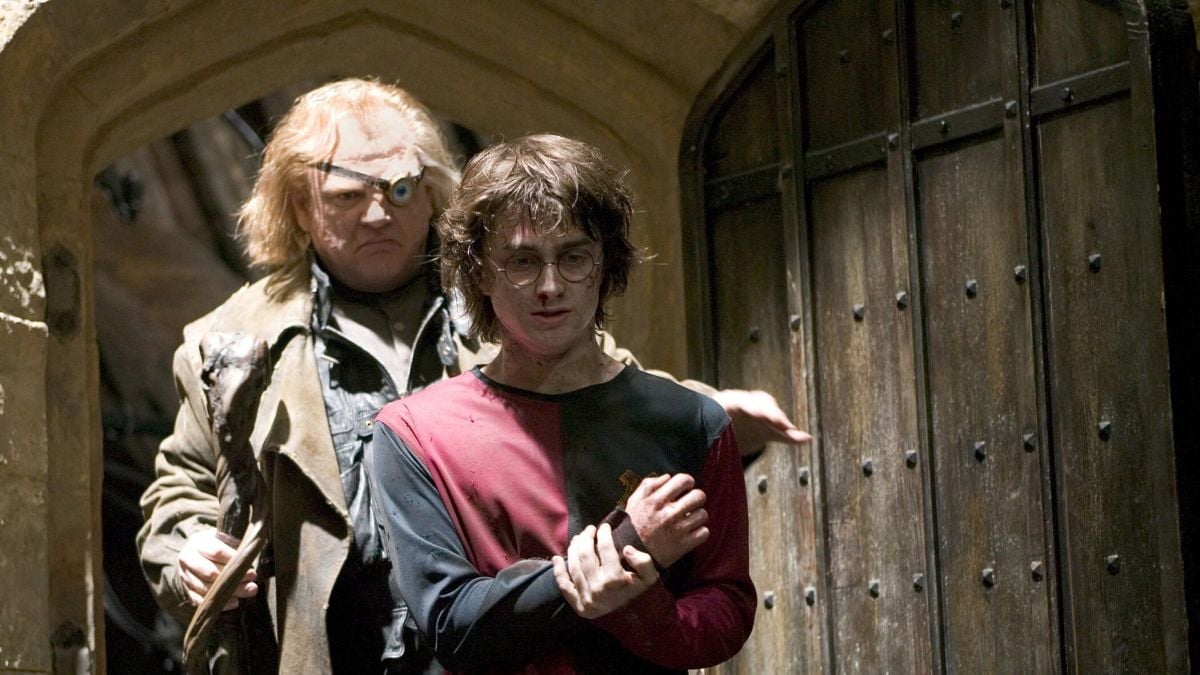
For many, the fourth book, Harry Potter and the Goblet of Fire was the exact turning point that kept older readers hooked into this changing saga. As the trio returns to Hogwarts for their fourth year of school, the magical grounds are hosting the Triwizard Tournament, which three major wizarding academies are attending and competing in. Hoping for this year to be uneventful for once, Harry is once again put in a tight spot when the ceremonial Goblet of Fire selects him as the fourth Triwizard Champion, despite him not being eligible to participate due to his young age.
Harry Potter and the Order of the Phoenix (2003)
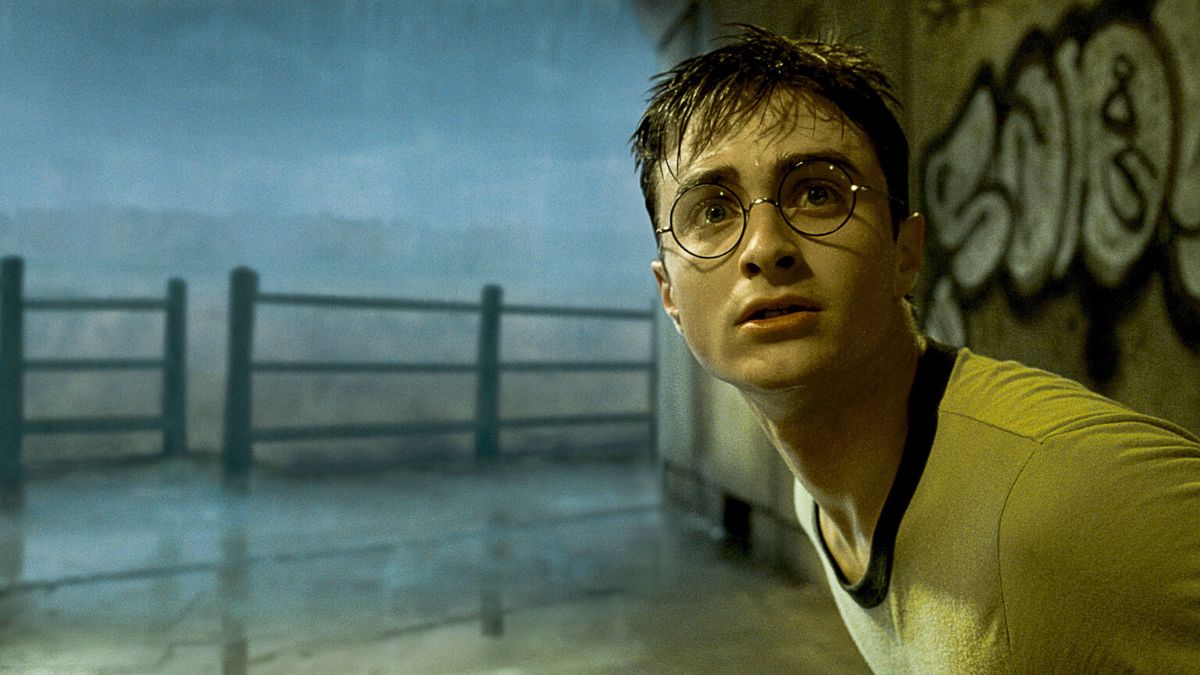
Harry Potter and the Order of the Phoenix is the fifth book of the saga that revolutionized the magic world of wizardry. By far the most politically-forward book in the series, Order of the Phoenix revives Voldemort as a threat that has been overlooked by the Ministry of Magic, which refuses to take action in fear of public outrage. This lack of action by those in power begs for the creation of an underground group working to dismantle Voldemort and his followers, called Order of the Phoenix.
Harry Potter and the Half-Blood Prince (2005)
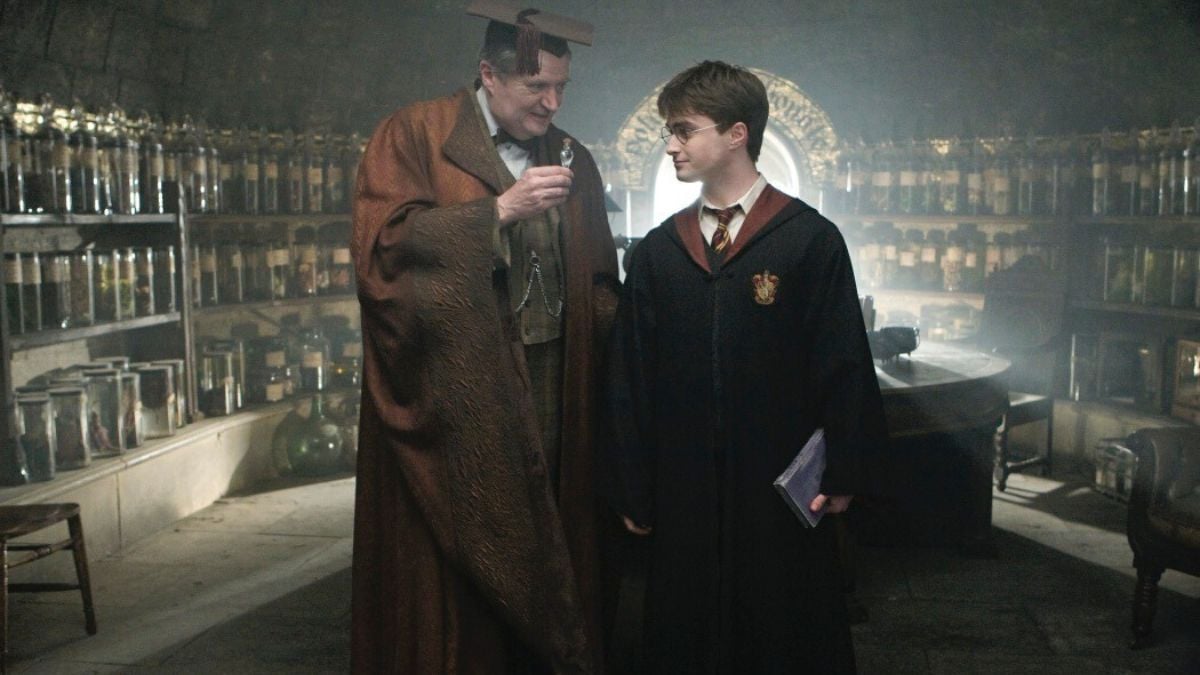
The sixth book in the saga is also the penultimate Harry Potter book. As the obvious culminating force that heads to the story’s climax, Harry Potter and the Half-Blood Prince introduces an entirely new side to Voldemort, or Tom Riddle, as Harry sees his past and backstory. Moreover, this book also sees Dumbledore’s new large-scale plan, while he prepares Harry for his imminent and unavoidable battle with the story’s antagonist.
Harry Potter and the Deathly Hallows (2007)
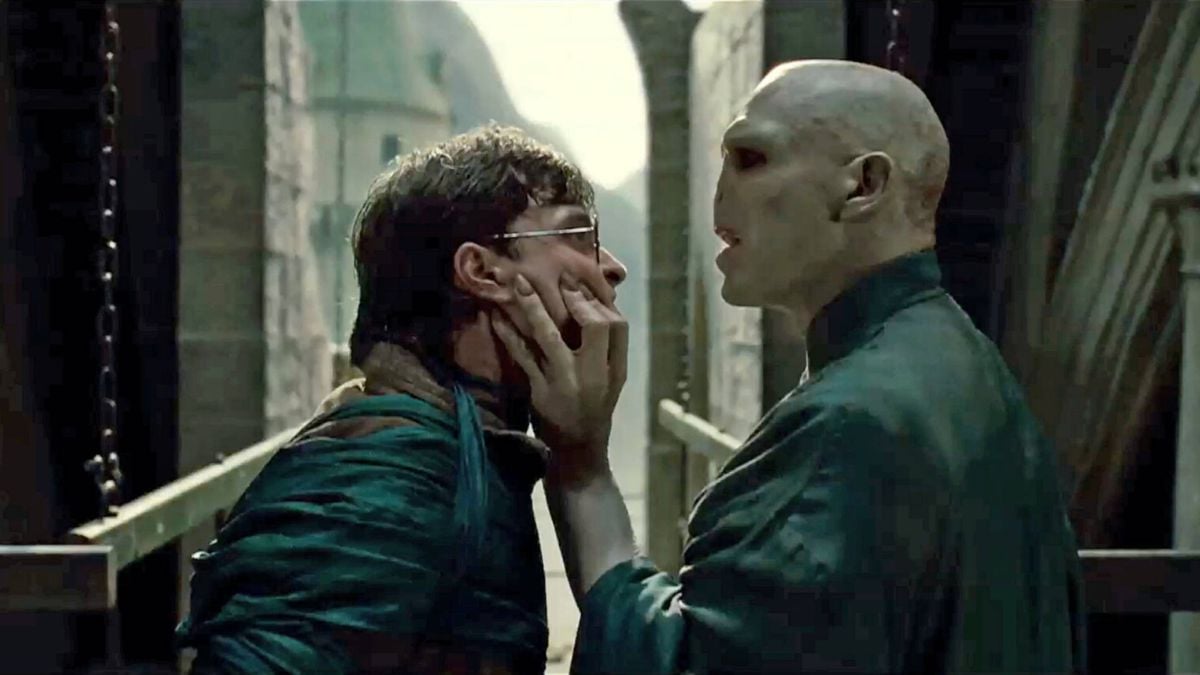
The wizarding world comes to an end – until 2016 at least. Harry Potter and the Deathly Hallows wraps up the saga that allowed an entire generation of teens to connect with their inner wizards. Finally reaching the highly anticipated battle between Voldemort and Harry, the last book is undeniably a perfect ending to any story, obviously carefully planned from the start. Undeniably the darkest book out of the entire saga, Deathly Hallows sees Harry, Hermione, and Ron suffering like never before.
Wrapping up the story of a decade into one book, J.K. Rowling takes this booming story with a perfectly satisfying ending. With hundreds of characters, and thousands of pages, Harry Potter and the Deathly Hallows was seemingly the last possible drop in the saga, but to the surprise of many, one more book came around almost 20 years after the series’ first release.
Harry Potter and the Cursed Child (2016)
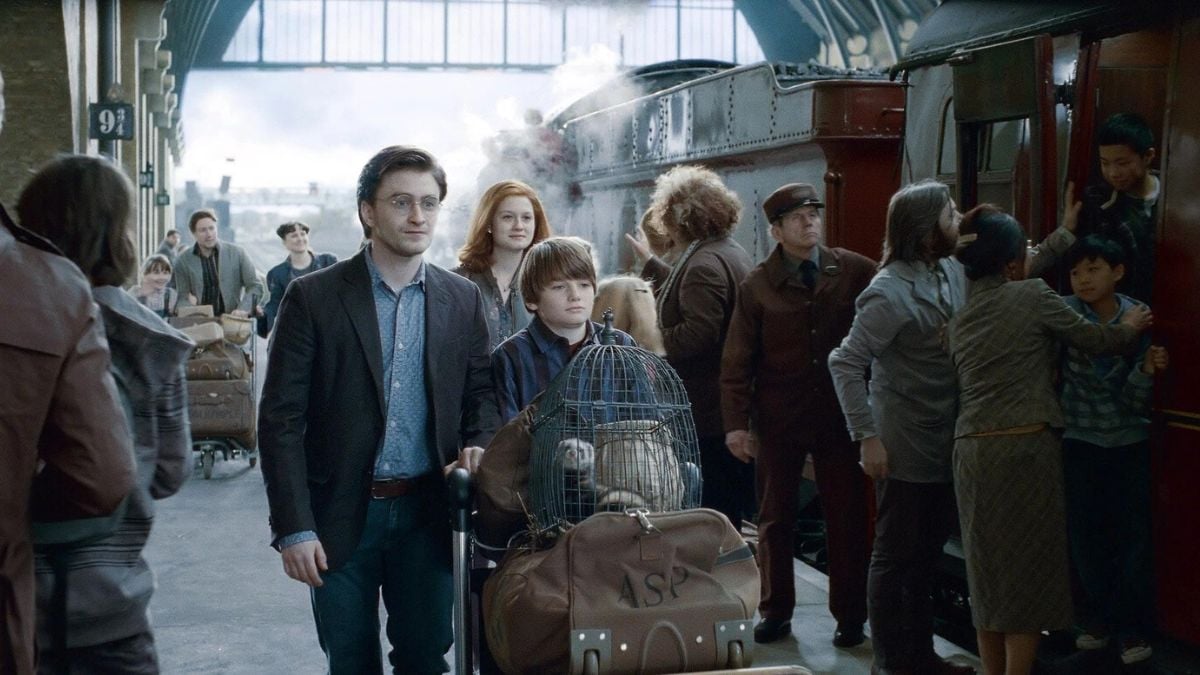
Set nineteen years after the events of Deathly Hallows, Harry Potter and the Cursed Child became an unofficial canon part of the original series, albeit written by John Tiffany and Jack Thorne – though inspired by an original story written by Rowling, Tiffany, and Thorne. This time focused on Harry and Sirius’ kids, Albus and Scorpius, respectively, the Cursed Child picks up exactly where the previous book left off.
This book, although technically not canonically part of the series, has been confirmed by Rowling to be exactly the story she envisioned for her original characters. With many fans expectantly waiting for Hogwarts to return, the success of the book was guaranteed. Though it never reached the level of popularity of its original stories, it still received no shortage of hype among the most avid of Potterheads.
Harry Potter Library Textbooks and Screenplays
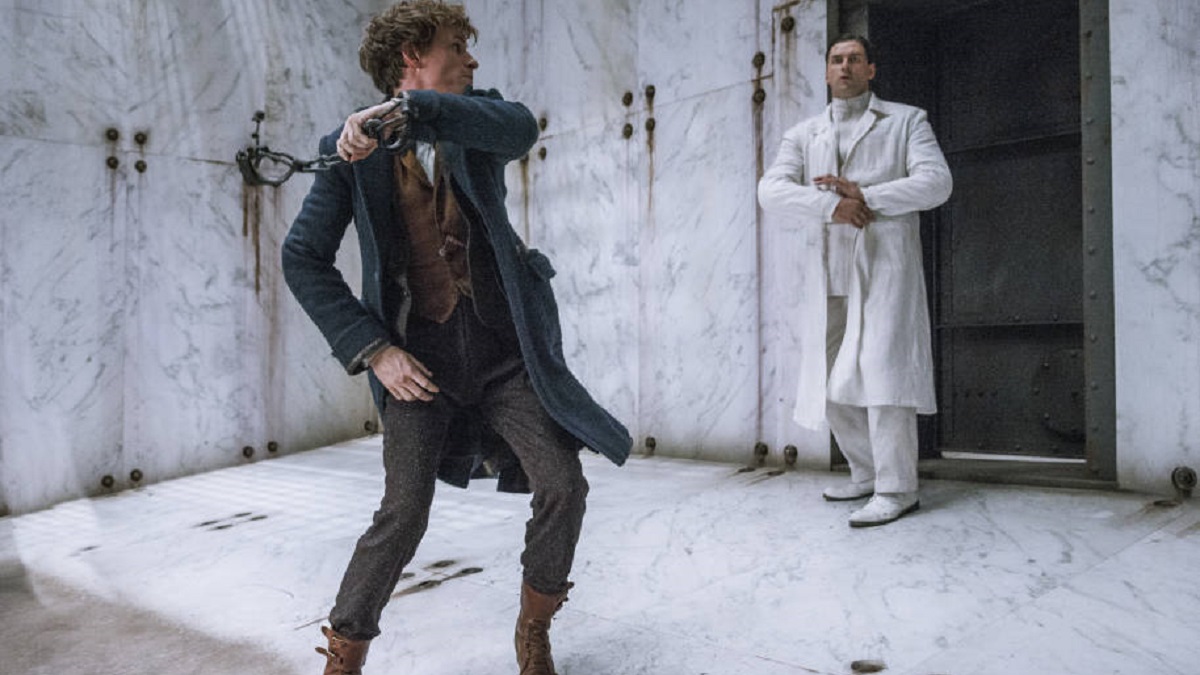
In addition to all seven books and Cursed Child, Rowling has given fans one more chance to live out their dream of becoming Hogwarts students. Three textbooks from Hogwarts library were written in detail, all mentioned in the original story. These books are also allegedly written by their original authors in the series, though all three of them are written by Rowling herself. Neither of them has a correct order to be read.
- Fantastic Beasts and Where to Find Them
- Quidditch Through the Ages
- The Tales of Beedle the Bard
A few more extras were also written by the author, including several screenplays and guides, also with no correct reading order.
- Hogwarts: An Incomplete and Unreliable Guide
- Short Stories from Hogwarts of Power, Politics, and Pesky Poltergeists
- Short Stories from Hogwarts of Heroism, Hardship, and Dangerous Hobbies
- The Fantastic Beasts screenplays
Despite all controversies surrounding Rowling’s bigoted opinions, Harry Potter is still a huge part of people’s childhoods, all of whom still look at the series fondly. After all, who never wanted to be a wizard, even just for a moment?

